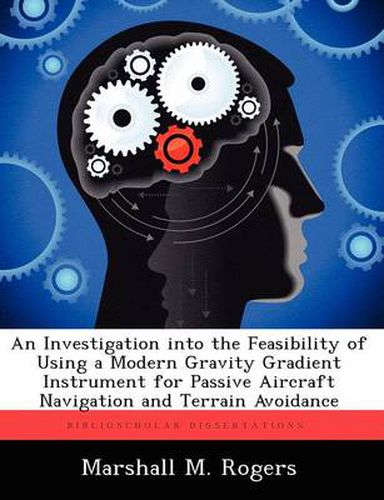Readings Newsletter
Become a Readings Member to make your shopping experience even easier.
Sign in or sign up for free!
You’re not far away from qualifying for FREE standard shipping within Australia
You’ve qualified for FREE standard shipping within Australia
The cart is loading…






This title is printed to order. This book may have been self-published. If so, we cannot guarantee the quality of the content. In the main most books will have gone through the editing process however some may not. We therefore suggest that you be aware of this before ordering this book. If in doubt check either the author or publisher’s details as we are unable to accept any returns unless they are faulty. Please contact us if you have any questions.
Recently, Gravity Gradient Instruments (GGIs) - devices which measure the spatial derivatives of gravity, have improved remarkably due to development of accelerometer technologies. Specialized GGIs are currently flown on aircraft for geological purposes in the mining industries. As such, gravity gradient data is recorded in flight and detailed gradient maps are created after post mission processing. These maps, if stored in a database onboard an aircraft and combined with a GGI, form the basis for a covert navigation system using a map matching process. This system is completely passive and essentially unjammable. To determine feasibility of this method, a GGI sensor model was developed to investigate signal levels at representative flight conditions. Aircraft trajectories were simulated over modeled gravity gradient maps to determine the utility of flying modern GGIs in the roles of navigation and terrain avoidance.
$9.00 standard shipping within Australia
FREE standard shipping within Australia for orders over $100.00
Express & International shipping calculated at checkout
This title is printed to order. This book may have been self-published. If so, we cannot guarantee the quality of the content. In the main most books will have gone through the editing process however some may not. We therefore suggest that you be aware of this before ordering this book. If in doubt check either the author or publisher’s details as we are unable to accept any returns unless they are faulty. Please contact us if you have any questions.
Recently, Gravity Gradient Instruments (GGIs) - devices which measure the spatial derivatives of gravity, have improved remarkably due to development of accelerometer technologies. Specialized GGIs are currently flown on aircraft for geological purposes in the mining industries. As such, gravity gradient data is recorded in flight and detailed gradient maps are created after post mission processing. These maps, if stored in a database onboard an aircraft and combined with a GGI, form the basis for a covert navigation system using a map matching process. This system is completely passive and essentially unjammable. To determine feasibility of this method, a GGI sensor model was developed to investigate signal levels at representative flight conditions. Aircraft trajectories were simulated over modeled gravity gradient maps to determine the utility of flying modern GGIs in the roles of navigation and terrain avoidance.